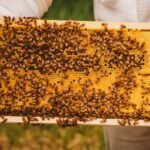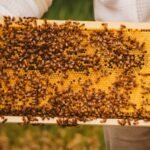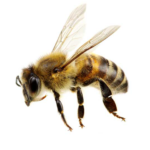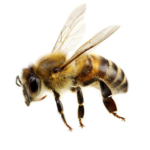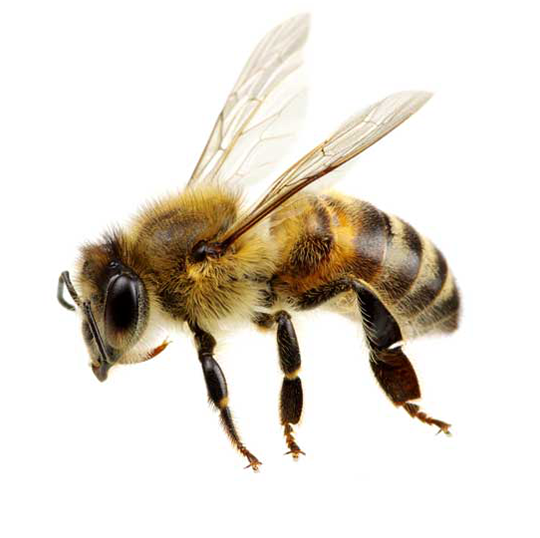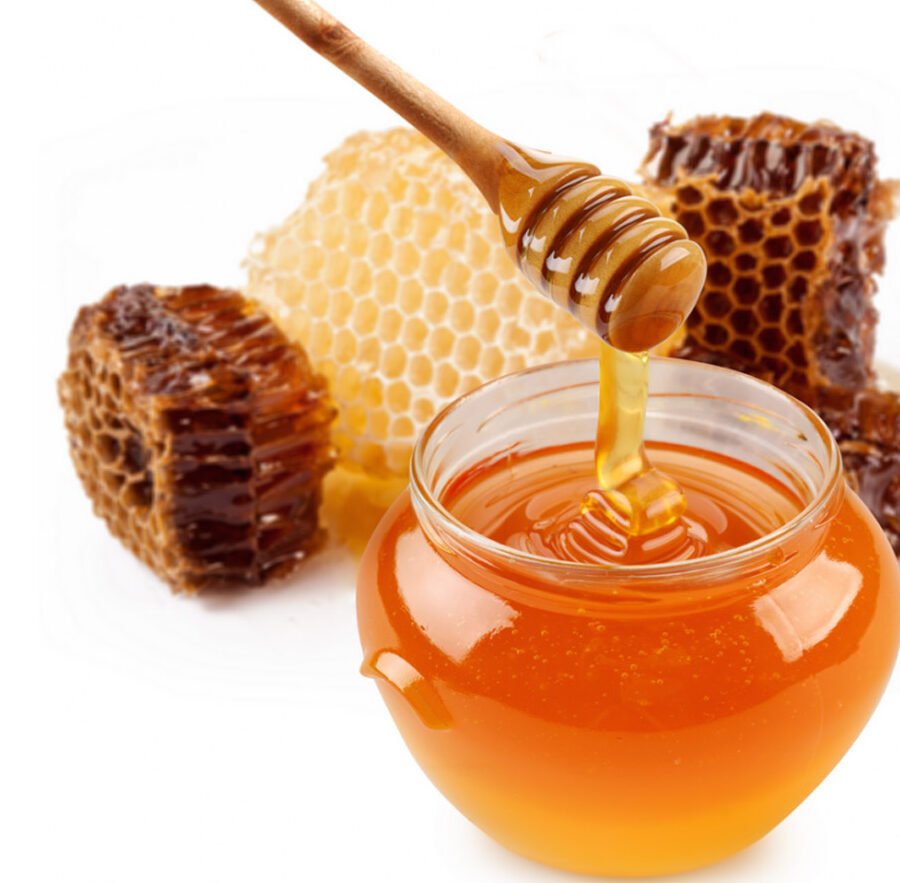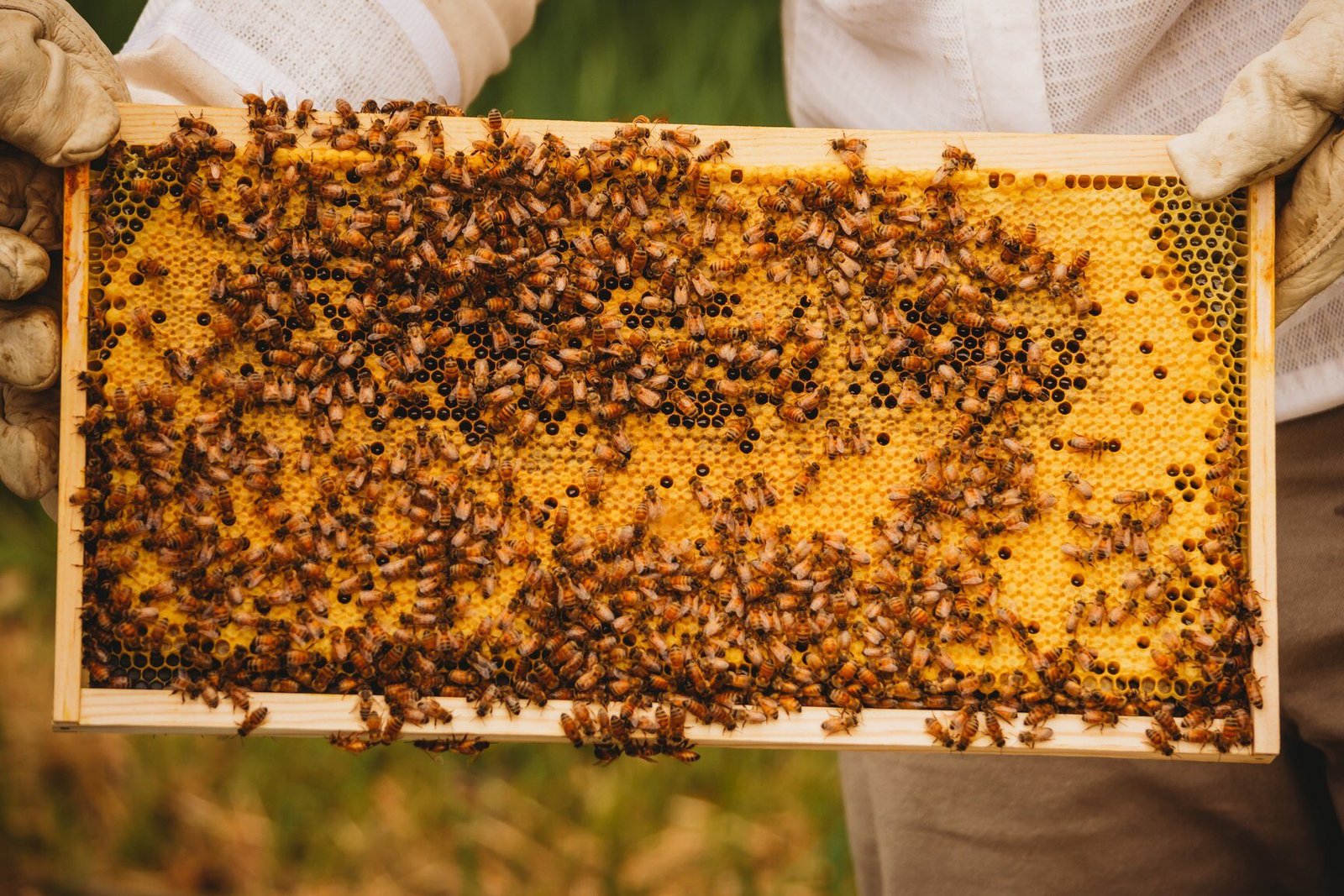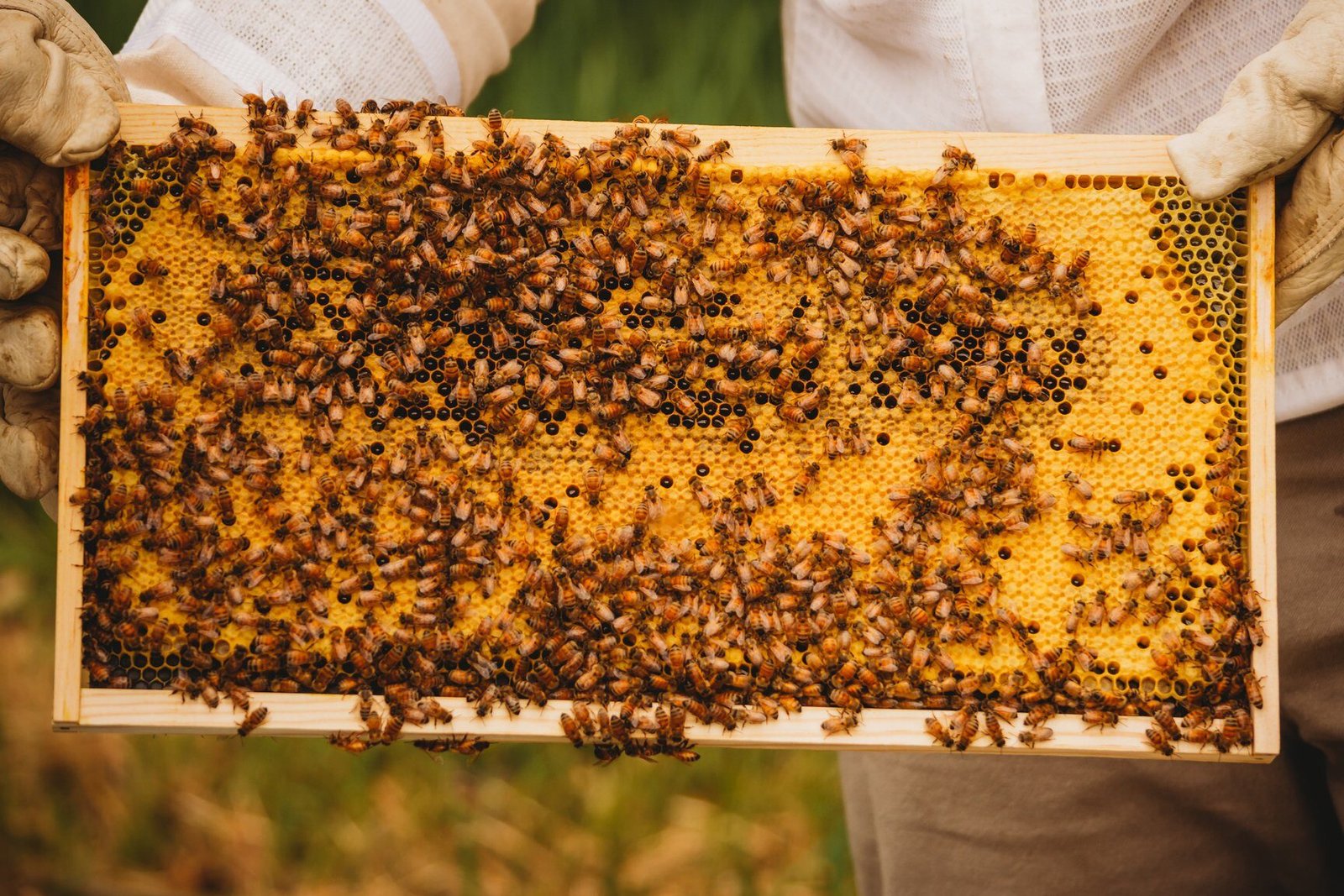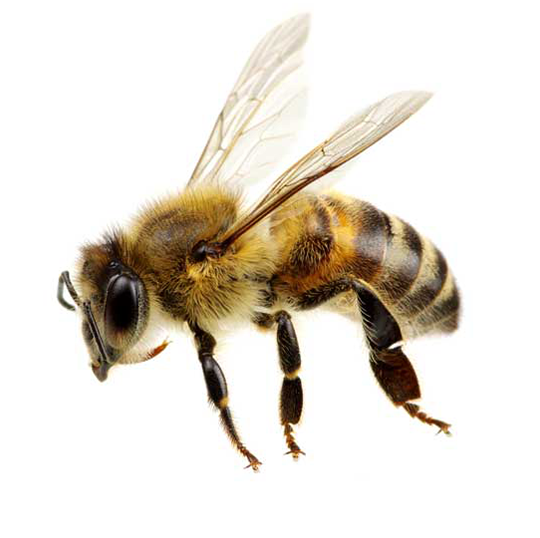Maintaining the health of honeybee colonies is crucial for productivity and sustainability in beekeeping. Effective strategies must be developed to address the threats posed by pests, such as varroa mite control, wax moths, and small hive beetles, which can severely compromise hive vitality.
Importance of pest management for colony survival: Proper action can ensure successful apiary health, allowing for robust honey production.
Types of pests commonly found in beekeeping: Beekeepers often encounter several detrimental pests, making identification a priority.
Integrated Pest Management (IPM) strategies: These techniques are vital for controlling pest populations while promoting environmentally sound practices. Organic and chemical control methods available: Both routes can be effective, yet they require careful application to protect honeybee protection.
Monitoring and early detection: Regular inspections enable swift responses to pest infestations, minimizing potential damage. Seasonal considerations for pest management: Adjusting strategies according to seasonal changes is essential for maintaining hive resilience.
Effective Varroa Mite Control Strategies
Understanding Apiary Health
The overall apiary health of bee colonies significantly impacts their productivity. A colony’s well-being directly correlates with its resilience against pests and diseases.
Regular monitoring is essential for identifying early signs of decline, such as decreased foraging activity or unusual hive behavior.
Nutrition is a foundational element that supports colony strength.
Environmental factors, including pesticide residues and habitat loss, can have severe effects on bee health. Prioritizing ongoing assessments allows beekeepers to enhance honey production while ensuring their colonies’ safety and stability.
Key Factors Influencing Apiary Health
Seasonal monitoring is crucial for understanding the changing dynamics of bee behavior and health.
Beekeepers should be vigilant for signs of diseases and implement pest surveillance to detect issues early. Comprehensive colony assessment practices help address potential risks, ensuring proper hive maintenance and intervention when necessary.
Environmental Impacts
Environmental conditions play a role in shaping bee health.
The quality of forage sources directly affects nutrition, while climate impacts can shift bee dynamics, influencing behaviors such as mating and swarm prevention.
Habitat enhancement can support population stability and improve resilience against threats.
Effective Varroa Mite Control Strategies
Implementing effective strategies for varroa mite control is essential for maintaining healthy bee colonies.
Proactive measures involving integrated pest management (IPM) techniques can significantly enhance hive protection. Regular inspections enable beekeepers to identify mite infestations early, allowing for timely interventions.
Preventive Measures
Selecting mite-resistant strains of bees plays a key role in maintaining robust colonies.
Employing both organic and chemical treatments minimizes negative impacts on bees while maximizing control over mites. Tools like mite washes provide critical data to inform management decisions.
Monitoring and Management
Ongoing monitoring is critical for sustaining bee health.
Employing pest exclusion strategies, combined with sanitation practices, can significantly mitigate infestations.
Environmental monitoring also enhances understanding of hive conditions and pest dynamics.
By integrating various approaches to pest management, beekeepers can achieve improved outcomes while supporting overall colony health and productivity.
What Is Integrated Pest Management
Integrated Pest Management (IPM) serves as a comprehensive approach to managing pest populations while emphasizing apiary health. This methodology significantly contributes to beekeeping sustainability by fostering practices that are beneficial for both bees and their caretakers.
Essential IPM strategies integrate seasonal monitoring, prevention, and control measures, empowering beekeepers to proactively address pest challenges.
Regular inspections and thorough sanitation practices form the basis for effective pest exclusion, while the introduction of mite-resistant strains reinforces hive resilience.
By implementing IPM, beekeepers can reduce dependency on chemical treatments, promoting the long-term well-being of both bee colonies and the surrounding environment.
Protecting Honeybee Populations
Strategies aimed at safeguarding honeybee populations are fundamental for sustaining these vital communities. Effective varroa mite control represents a cornerstone of maintaining colony health, as these pests pose a serious threat to bee survival.
Routine inspections enable early detection of pest infestations, which allows for timely and effective interventions. Natural predators and biological control methods can enhance the defense mechanisms of hives against these threats.
Collaborating with local beekeeping associations fosters community involvement and knowledge sharing, equipping beekeepers with best practices for effective honeybee protection.
Ultimately, these combined efforts not only support the sustainability of beekeeping but also contribute significantly to the preservation of essential pollinator populations.
Exploring Chemical Treatments For Pests
Effective strategies for maintaining healthy honeybee populations are crucial for successful beekeeping. The management of various pests, including Varroa mites, requires careful planning and implementation.
Selecting appropriate chemical treatments is necessary to mitigate threats while ensuring the sustainability of colony health.
Beekeepers must evaluate the properties of active ingredients in order to make informed decisions about pest control methods.
Regular hive inspections facilitate early identification of issues, ultimately contributing to effective queen rearing practices. Monitoring pest levels consistently is essential to prevent the risk of infestation, as pests like small hive beetles can compromise hive integrity.
Understanding pesticide residues is vital for maintaining the safety of honey produced for consumption. By focusing on integrated pest management, beekeepers can adopt a holistic approach to combating pests while reinforcing hive resilience against potential colony collapse.
Biological Control Methods In Beekeeping
Pest management plays a significant role in promoting the health of honeybee colonies. Utilizing biological control methods enhances pest management within beekeeping practices.
These techniques harness natural predators to manage pest populations effectively, thereby supporting overall hive health.
For example, beneficial insects such as ladybugs assist with wax moth prevention, while microbial agents target harmful pests without adversely affecting bees.
Implementing these methods reduces reliance on chemical treatments and fosters sustainable practices in apiaries. Understanding bee behavior and the lifecycle of pests is essential for effective integrated pest management, ensuring beekeepers maintain healthy colonies and a thriving ecosystem.
Importance Of Pest Surveillance Techniques
Early pest detection is a cornerstone of effective hive management.
Monitoring bee colonies regularly serves as an essential practice for early pest detection and overall hive health. Effective pest surveillance techniques, such as regular hive inspections, allow beekeepers to identify infestations and address issues promptly.
By utilizing pheromone traps, beekeepers can attract and capture pests such as varroa mites, enabling timely intervention.
Proactive management through surveillance not only prevents pest populations from growing but also supports sustainable practices that protect honeybee populations.
Essential Components of Pest Surveillance
- Regular Inspections: Conducting hive inspections regularly is vital for detecting pest problems early.
- Documentation: Keeping records of findings during inspections assists in identifying trends and making informed control decisions.
- Environmental Monitoring: Understanding climate impacts helps anticipate pest activity based on seasonal variations.
- Community Involvement: Engaging with local beekeeping associations offers valuable resources and support.
Benefits of Proactive Monitoring
“Proactive management through pest surveillance not only protects colonies but also enhances overall apiary health. ”
Seasonal monitoring and pest surveillance are crucial for maintaining hive conditions and ensuring effective control strategies. By employing integrated pest management (IPM) techniques, beekeepers can combine both organic and chemical treatments to support honeybee protection. Ongoing assessment of pest behavior and effective use of biological control measures also contribute significantly to sustaining bee health.
Biological Control and Pest Surveillance in Beekeeping
- Biological control methods can reduce pest populations by up to 80% without harming beneficial insects.
- Regular hive inspections can lead to a 50% decrease in pest-related losses in honeybee colonies.
- Utilizing pheromone traps has been shown to effectively capture over 90% of varroa mites when used consistently.
- Engaging with local beekeeping associations can provide beekeepers with access to shared knowledge and resources, improving overall apiary health.
Hive Maintenance For Healthy Colonies
Maintaining healthy colonies hinges on meticulous practices that prioritize bee well-being. Incorporating sustainable practices into hive upkeep ensures both resilience and productivity.
Regular inspections play an important role in helping beekeepers spot challenges before they escalate.
Preventive hygiene reduces pest attraction, thereby promoting hive strength.
Monitoring for threats such as Varroa mites is necessary to enhance resistance against infestations. Sanitation around hive environments minimizes breeding opportunities for pests.
Community engagement fosters knowledge exchange, empowering beekeepers to refine their methods and navigate challenges with confidence.
- Beekeeping pests like Varroa mites are especially damaging to colonies.
- Implementing Integrated Pest Management (IPM) strategies is critical for sustainable practices.
- Inspecting hives regularly facilitates early pest detection and timely intervention.
- Using organic pest control methods can mitigate environmental impact.
- Understanding population dynamics can inform pest management activities.
- Maintaining proper cleanliness in and around hives is vital for prevention.
- Collaboration with local beekeeping groups provides essential support and resources.
- Regular hive inspections can increase colony survival rates by identifying issues early.
- Studies show that colonies using Integrated Pest Management (IPM) have lower pest levels.
- Organic pest control methods can lead to healthier bees and a more sustainable environment.
- Engaging with local beekeeping communities enhances knowledge and resource sharing among beekeepers.
Seasonal Monitoring Practices For Beekeepers
Monitoring bee populations through seasonal practices ensures sustainable apiary health and productivity. Beekeepers should implement timely inspections to thoroughly assess hive conditions.
Seasonal fluctuations in nectar sources can significantly influence colony well-being.
Regular evaluations enable the early identification of pest issues affecting colonies.
Particular attention must be paid to Varroa mite management during specific times of the year. Integrating effective pest management strategies minimizes stress within hives.
Recognizing climate impacts is vital for enhancing hive productivity. By documenting observations, beekeepers can adapt their approaches for favorable results.
Engaging with local beekeeping communities fosters the sharing of best practices and valuable insights.
Enhancing Bee Behavior Through Sanitation
Creating a clean environment within the hive is fundamental for positive bee behavior. Regular sanitation practices directly contribute to the health of bee colonies, fostering conditions that allow bees to thrive.
A tidy atmosphere minimizes pathogens and pests, ultimately boosting apiary health.
By consistently removing debris and inspecting for bee diseases, beekeepers promote stronger colonies.
A well-maintained hive encourages effective communication among bees, essential for activities such as foraging and queen rearing.
- Implementing rigorous sanitation measures safeguards against infestations like varroa mite control.
- Clean environments facilitate better pest surveillance and identification.
- Additionally, seasonal monitoring helps address specific pest threats.
Proper sanitation not only enhances hive conditions but also supports honey production. Practices such as comb management and nutritional supplements reinforce the well-being of the colony. By ensuring clean hives, beekeepers can improve colony resilience against colony collapse disorder. Ultimately, a focus on sanitation contributes significantly to sustainable practices within beekeeping.
Pest Management Strategies for Healthy Colonies
Effective pest management is crucial for maintaining colony vitality and enhancing honey production. Beekeepers encounter various challenges, including threats from varroa mites, wax moths, and small hive beetles, which can severely disrupt hive health. A solid understanding of integrated pest management (IPM) strategies is essential for sustainable beekeeping.
- Types of pests: Identifying common pests is vital for effective control measures.
- Monitoring: Early detection of pest infestations can prevent larger issues, such as population decline.
- Natural predators: Utilizing the services of natural predators can assist in managing pest populations.
Whether through organic alternatives or necessary chemical treatments, beekeepers must stay informed about the best practices for pest control. Regular hive inspections not only address immediate threats but also contribute to long-term colony health maintenance. By documenting pest management actions and collaborating with local associations, beekeepers can continually refine their strategies.
- Regular sanitation can reduce the risk of diseases by up to 50% in bee colonies.
- Effective pest management can increase honey yield by 20% or more.
- Integrated pest management strategies can lead to a 30% reduction in chemical pesticide use.
- Healthy colonies are 3 times more likely to survive winter months compared to stressed colonies.

